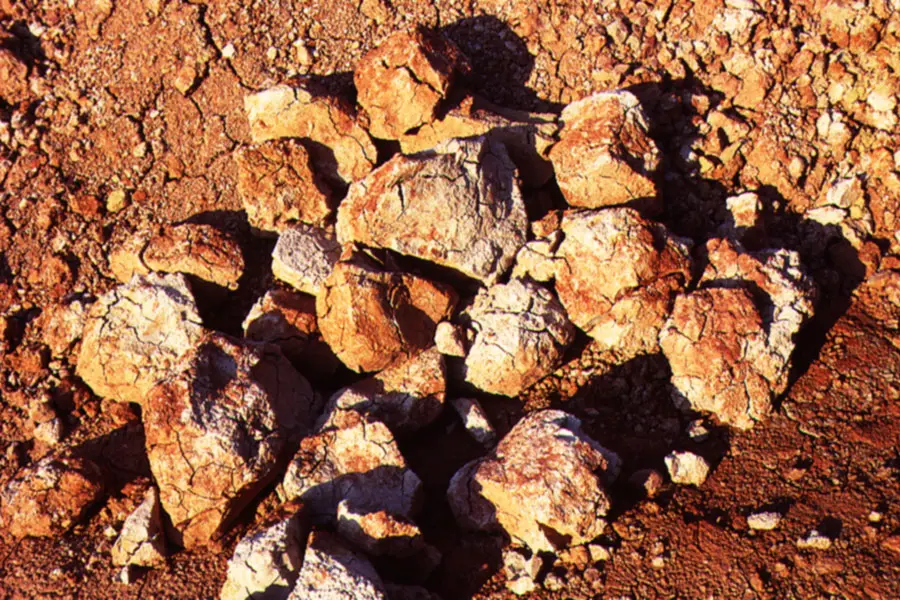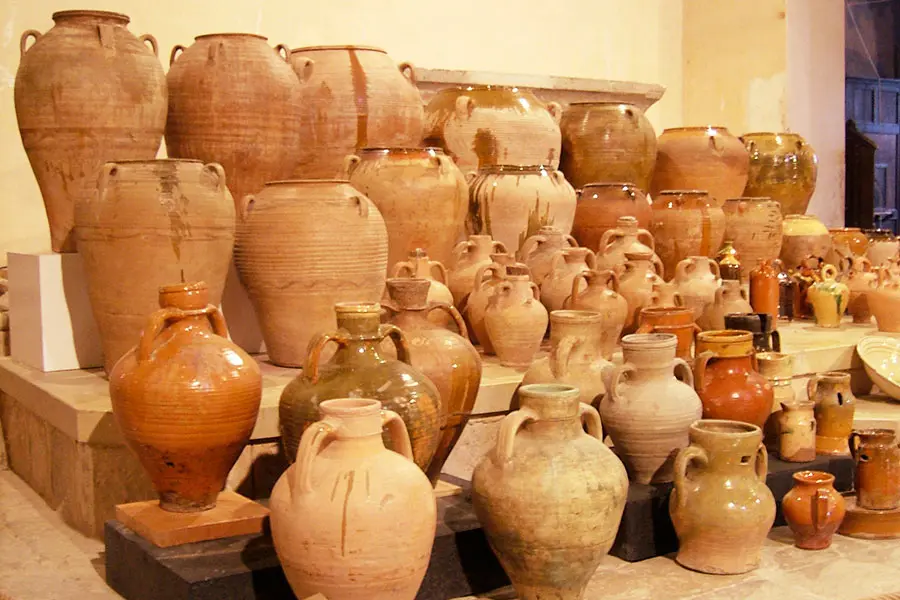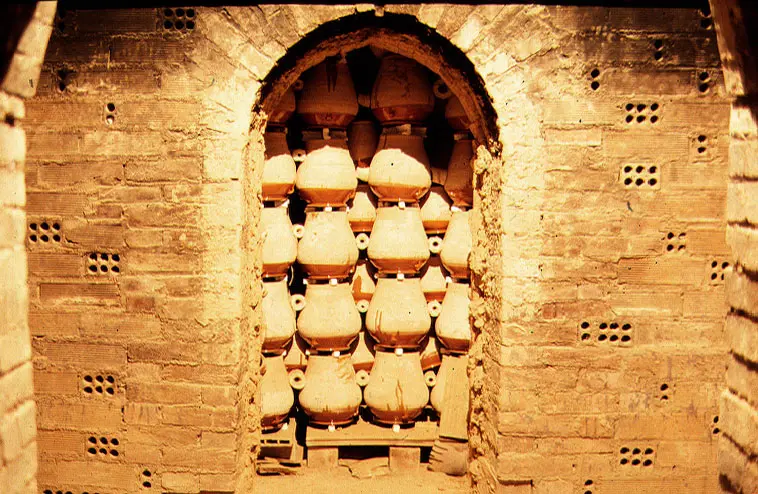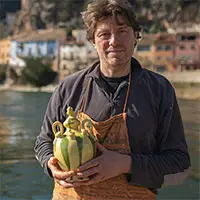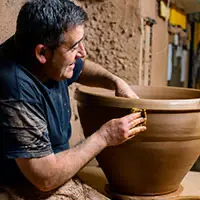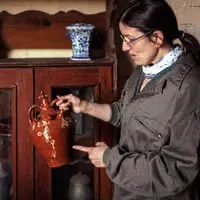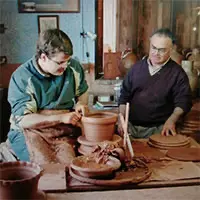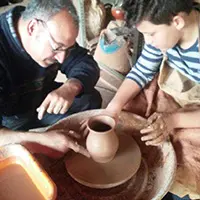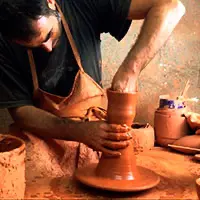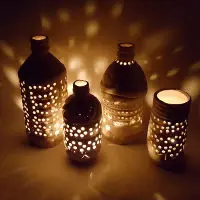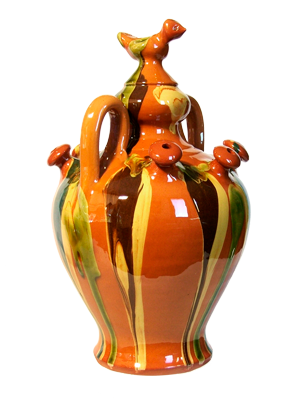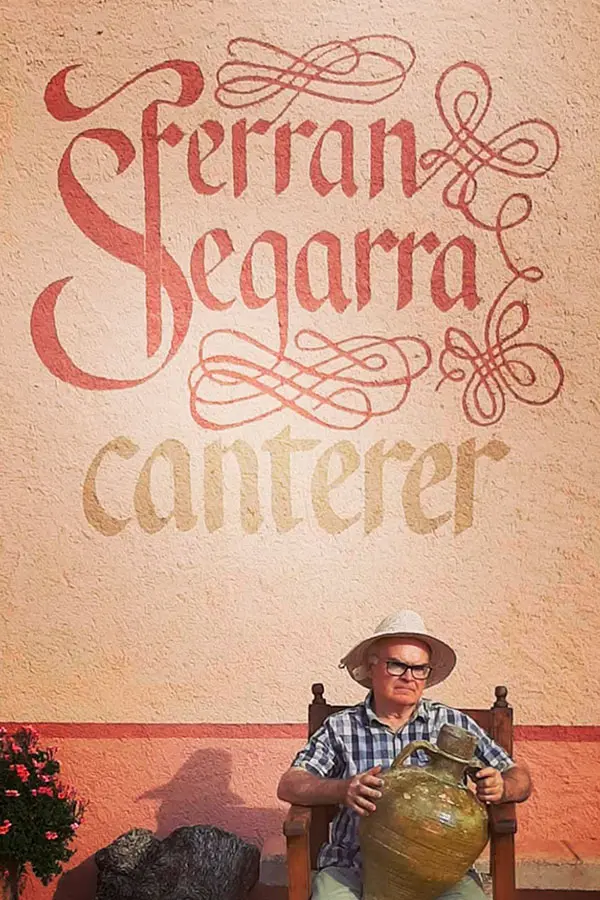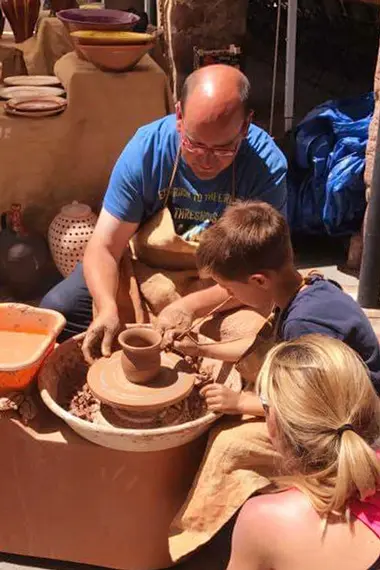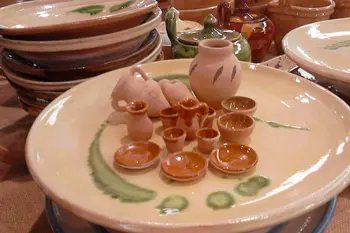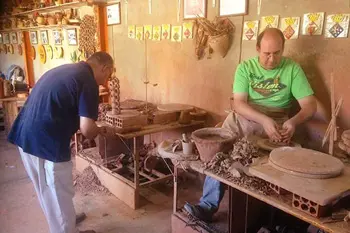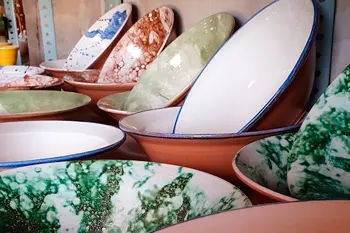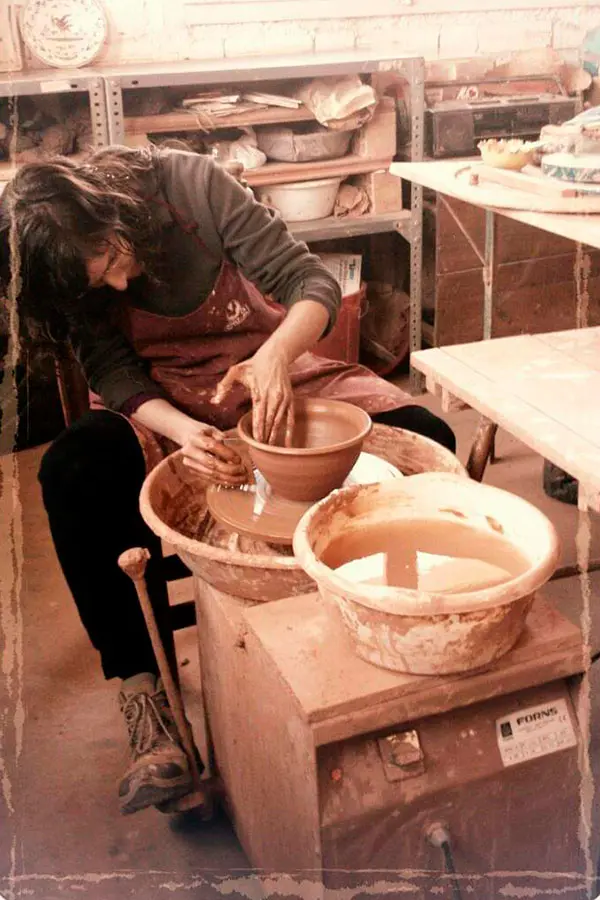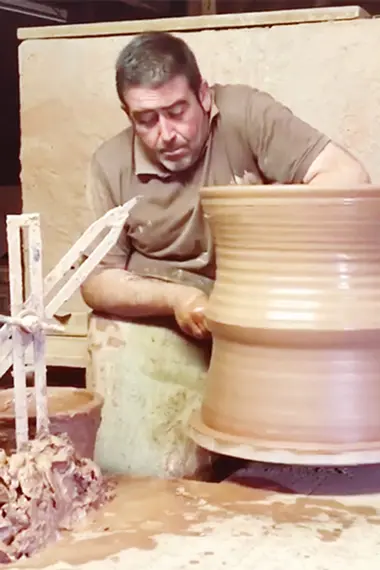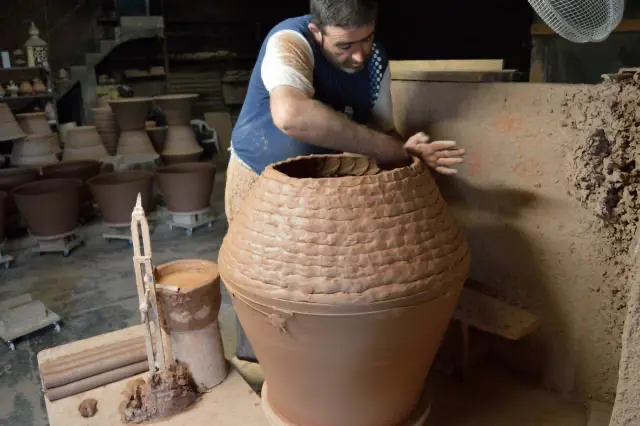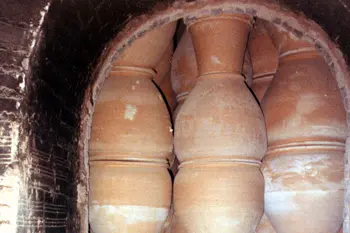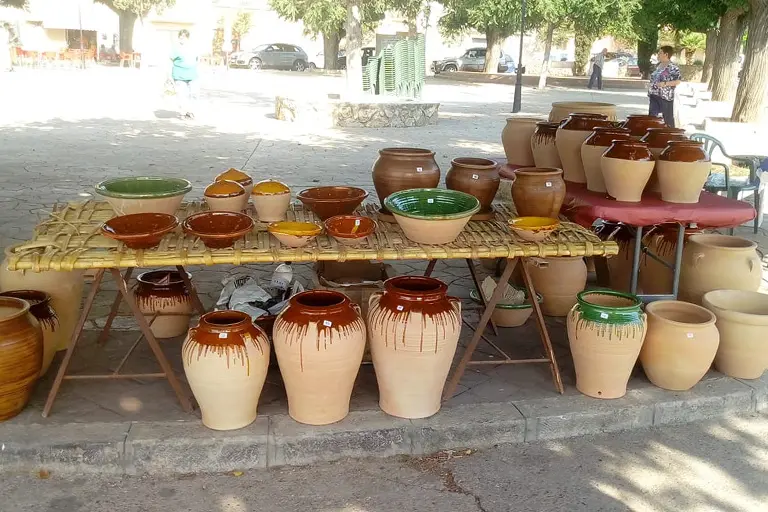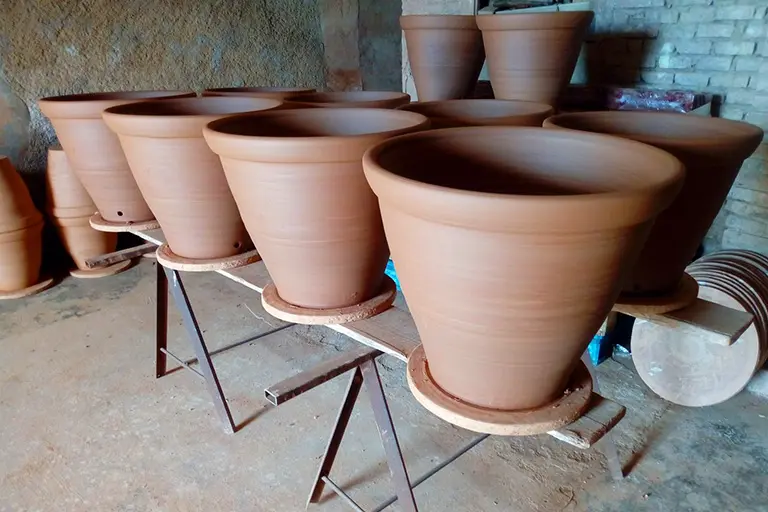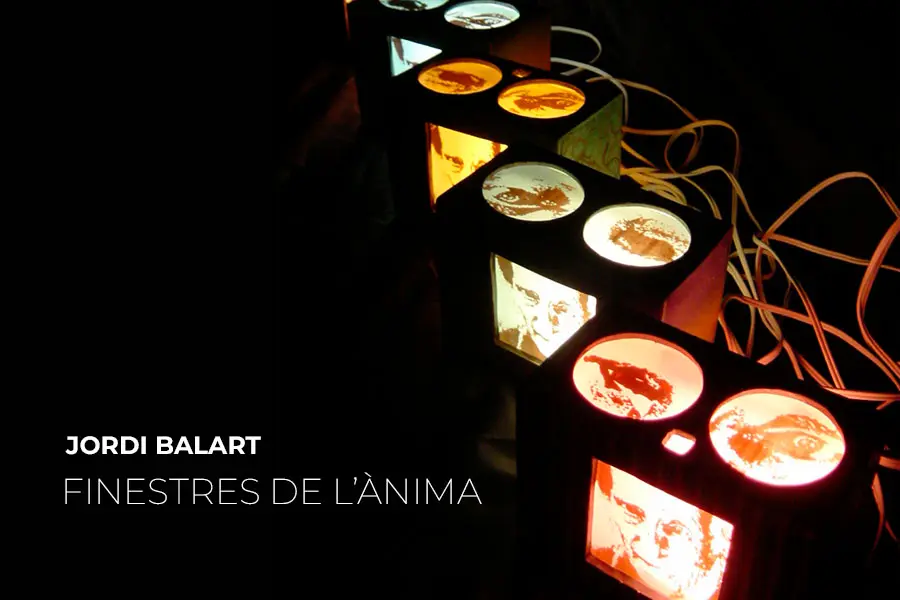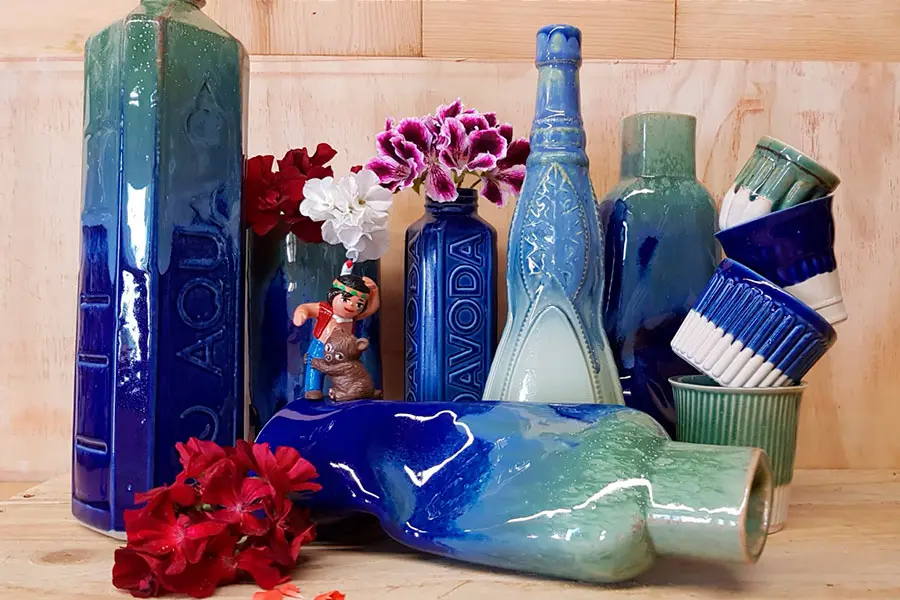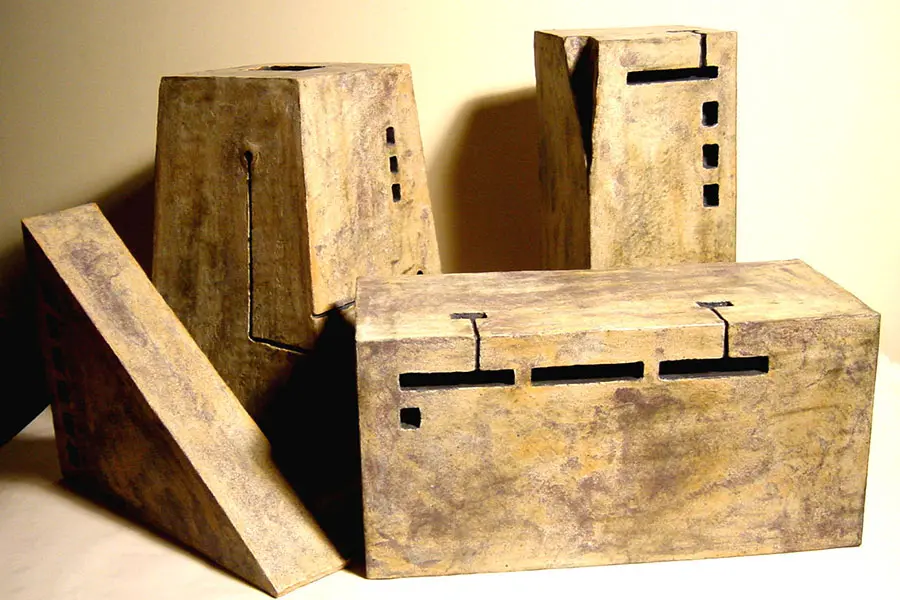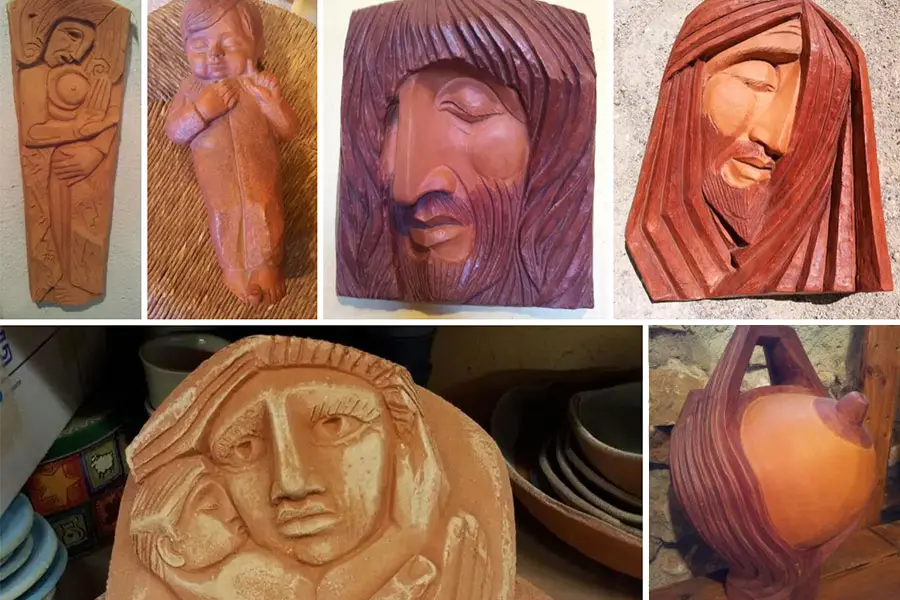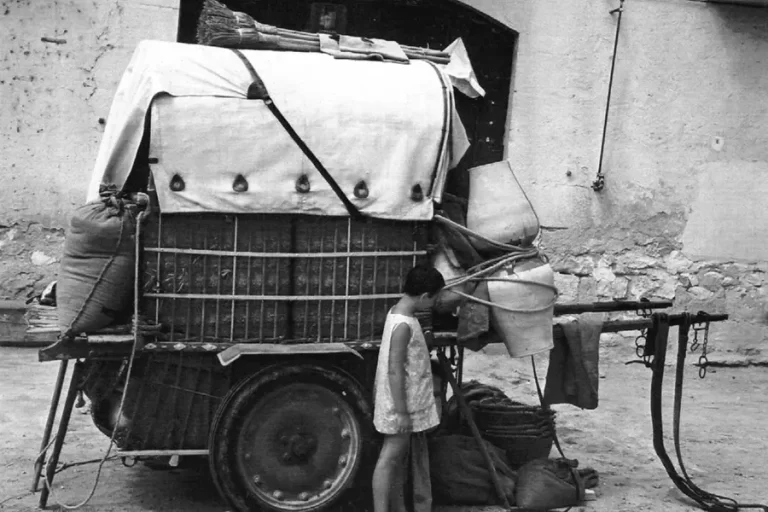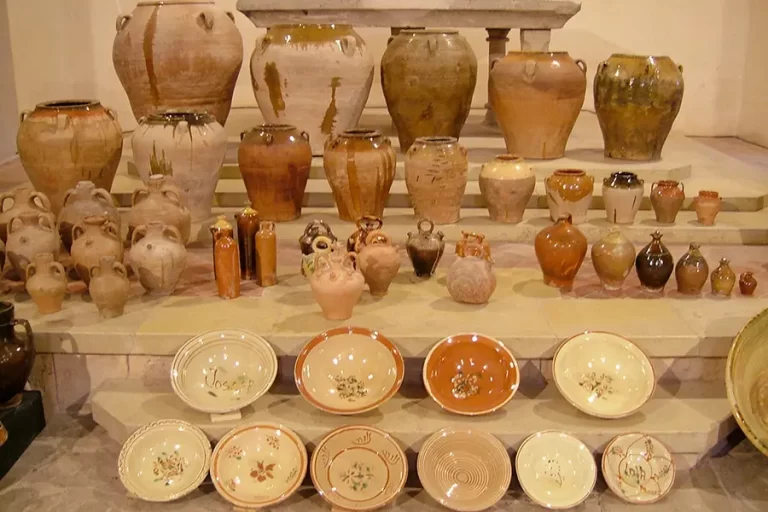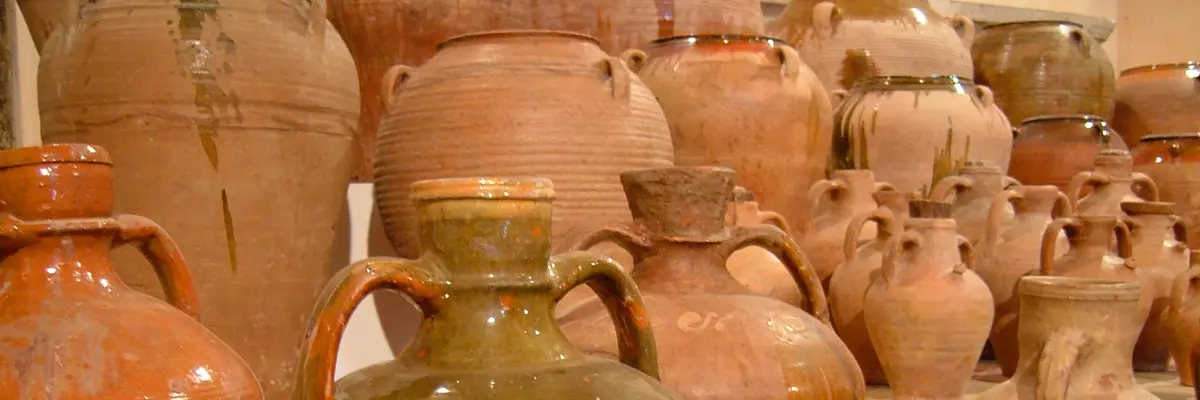
The pottery of Miravet
The Raval dels Canterers
Miravet pottery has renown and fame. A Muslim tradition with Iberian and Roman roots, which have been perpetuated over time by the master canterers. In the neighborhood known as La Raval, the doors of their workshops are opened to us by the last potters who still work.
The Raval dels Canterers has been declared an Area of Artisanal Interest by the Generalitat de Catalunya.
Once upon a time
a very old craft in Miravet
working the land of the Ebro…
a very old trade
who worked the land of the Ebro…
Earth, water, air and fire
The alchemy of clay craftsmanship requires four elements, earth, water, air and fire, in addition to the experience of the master canterer, who generation after generation has passed the trade from father to son.
The last potters
Of the 25 pottery workshops that survived the Spanish Civil War, today there are only 6 active workshops in La Raval dels Canterers.
© Canal 21 Ebre
Joseph Papaseit
Six generations of canterers in the family
The Papaseit family has been working the canterer trade in Miravet for six generations and is one of the workshops closest to the public, with its own shop and the possibility of arranging guided tours and shift workshops.
They are not always open so we recommend you call before and arrange a visit: 977407101.
Did you know that the mother of the Catalan futurist poet Joan Salvat Papaseit, Elvira Papaseit Orovitx, was a native of Miravet?
Guided tour
If you are a group or a school, you can arrange a guided tour of Josep Papaseit’s pottery workshop and he will give you a demonstration and an explanation of the most traditional pieces.
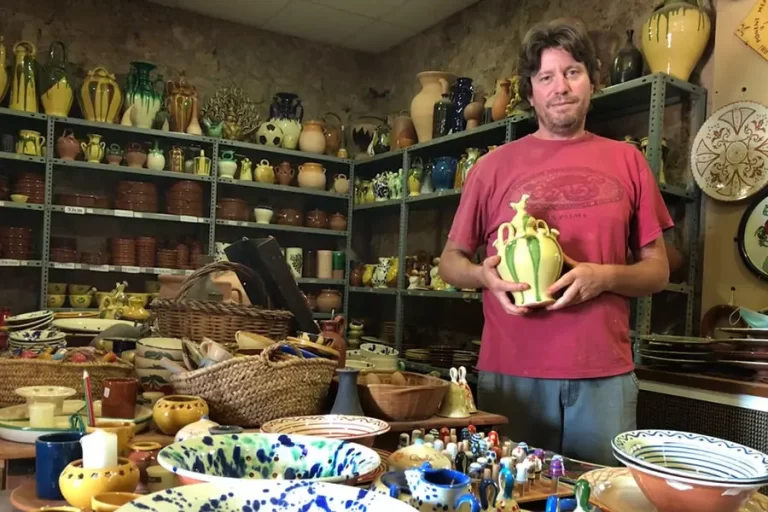
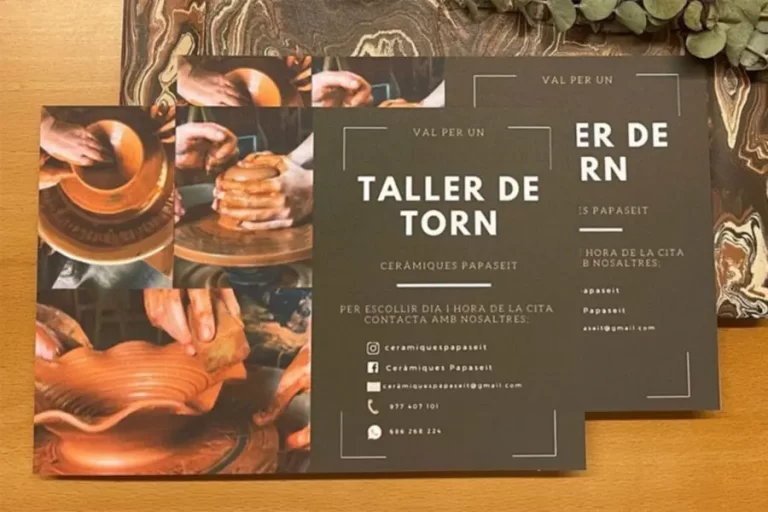
Lathe workshops
You can also arrange a lathe workshop and live the experience of modeling a piece of clay.
977 407 101
Joseph Papaseit
Ferran Segarra
Coming from Móra you will find the workshop of the Ferran Segarra and Teresa Pedrola family. To enter his workshop is to discover, not only the craft, but a fascinating world dedicated to pottery, restoration and private collection of very old and valuable pieces.
A workshop that must be visited, such as its website and a virtual tour.
Ventura Brothers
The Ventura brothers work on traditional forms as well as other almost musical ones, letting their imagination run wild with an originality worth seeing.
They offer guided tours to groups, demonstrations and even hold workshops at fairs. You can see much more on their facebook page and their online store.
Montse is a pioneer: the first woman heir to the long tradition of the Pedrola family and brothers. The workshop where they used to make pieces for gardening, has given way to a much more creative and personal world. You can’t miss it!
Her workshop-shop is open to the public and you can also see her on instagram.
Montse Pedrola
Joseph Jornet
Of all Miravet’s canterers, Josep Jornet has continued the family tradition, making jugs, cossis and pitchers in the manner of yesteryear. Preparing the mixture of clay and clay, jamming, turning and baking in a wood oven. Seventh and final generation.
To see this last canterer is time travel. It has no website.
He has what artificial intelligence will never have: wisdom, mastery and experience.
Ceràmic Fantàstic
The evolution in artisan work has come from the hand of Jordi Balart, an author ceramist who debuted with renowned collective exhibitions in New York, among others, where he exhibited the ‘Windows of the Soul’.
Marcel·lí Giné. Marçaginé entrusted him with his sculptural legacy and now, in Balart’s workshop in Miravet, you can enjoy the creative work of both artists, in harmony with the garden and the shop.
A little history
… muleteers along paths loaded with Miravet pitchers
Miravet and pottery
Miravet is known everywhere for its clay craftsmanship. Since the time of the Iberians, pottery became very important for the development of the community. But it was the Arabs who developed this technique, to a very high level, bringing new techniques from the East, while fusing them with the old tradition.
If theories converge in affirming that the castle was built on an Iberian settlement, nothing prevents us from thinking, based on the findings of ceramic fragments of Iberian origin, that the birth of this pottery vocation already comes to Miravet from its Iberian origin, which will increase with the introduction and legacy of Islamic culture.
The Muslims established most of the ceramic techniques and forms, so their contribution in this field was decisive to understand the most traditional pieces that we still preserve today and continue to work.
In this technical aspect, the Arabs introduced glazing with lead sulfide and silica, as well as staminiferous glazing which, by coating the vessel with a transparent vitric layer, would allow a rich decoration known as decoration under cover. The colours they used were green, purple and brown, colours that still survive in old decorations of Miravetan jars obtained from iron sulphide, copper and manganese.
In the eighteenth century 18 canterers were counted, in the nineteenth century 25 and in the early twentieth century there were twenty workshops and more than 100 people worked around production and marketing.
Pottery is one who works clayey soil and shaves, when kneaded, with the help of the lathe, and then bakes it in the oven (1,000ºC). The choice of certain enamels and varnishes, the type of floor, the reddish colouring it gives after cooking and the destination of household objects give it a category within ceramics that distinguishes it from other traditional peoples and differs, therefore, from ceramicists, tiles, etc.
It is a personal, individualized work, when he works the piece with his hands and without any other utensils than a few pieces of cane and a wire; family, in terms of the time the family has to be helped; and as a team, when two or three canterers come together to give fire when the work of baking the batch comes.
In Miravet potters have been called canterers, but this does not mean that they only make pitchers, but jugs, cossis, pitchers, turrets, etc. But, pitcher is the most common vessel in his craft. The Miravet canterer turns a clay pilot into a series of pieces for home use, while serving as decoration, with its airy, slender and elegant lines, making a piece can be worn while still providing practical and utilitarian service.
The canterers work the mud of the river mixed with the clay, with hot water and at night, in order to be able to do it behind closed doors to prevent the paste and hands from freezing! Under these circumstances, they do the work in two sections: from nine or ten o’clock in the evening, and from two in the morning until dawn. As the elders say, this traditional precaution comes from the fact that the hours mentioned have a more suitable temperature than those of the morning; Undoubtedly, at night there are no thermal oscillations as during the day.
The canterers of Miravet have five pottery kilns. His specialties were, basically, two: the great jugs and the catapults; Both were born out of the needs of the region. Pottery follows the vagaries of time. In a drought year the lathes kept making catapholes and the baking kilns; On the other hand, in the rainy season, there is a lack of people to supply jugs which is more annoying work.
Large jugs are made in three sessions, as many as floors have; In size, only cossis laundresses are competing. But, pottery if dressed, looks simple in the raw shades like bare meat. This merchandise used to be sold with carts and saddles, since production was commissioned by villagers. The sale was carried out by the same potter who was in charge of bringing the dish to the table.
Traditional pieces
– Jars: they can be divided into pliers (they are the largest), vases, small solsera, jugs, normal tafol, large toful and toful petit and tofulet, shell, shell, soapbox, and soap. But the most common model is the solsera. They are usually bulky and have two to four handles. The functions are varied according to the utilities: transporting oil, storing products…
– Pitchers: It is undoubtedly the most representative vessel of the Miravetana pottery. Especially in the village there are two types: the broad-ass pitcher (also called Aragonese) and the narrow-ass pitcher (more slender and balanced silhouette). There is also the normal pitcher, the waterman, the canteret or cantereta, the gargoyle or rai’s pitcher, and the canteret for children. Its basic function is to bring water from the spring or river home.
– Pitxells: They are divided into different vessels: The pitcher or cart barrel , the crowned pitcher, the trunk pitcher, the refrigerator pitcher and the six-biscuit or catxó pitcher (the latter the most typical of Miravet). Its basic function is to drink a trigger.
One of the most recognized pieces of all the Miravet pottery is the pitcher of moixó. This pitcher, which belongs to the type of deception, has several triggers and it is not known which one flows, so when you go to drink and do not get it right, it flows down the side and gets wet. But the most curious thing is that it does not have a spout to fill like the others, but it is filled at the base, where it carries a hole with a tube. Once full, the pitcher is flipped over and the water can only come out of the trigger. In addition, the botcha is topped by a tower of two handles with a bird (the cat) that usually looks towards the trigger flowing. The pitcher is rare in Catalonia and its modeling technique is one of the most difficult, worthy of the best masters in the profession.
– Cossis: The largest are calanderrins and laundry ones, and they are used to wash clothes. There are smaller sizes, such as the medium body and the small body.
– Ribells: The largest size is the so-called meatball (to make the meatball ) There is also the medium, 3 by 2, 2 by 1 or bloody, 4 by 1, 5 by 1, 6 by 1 or plate, as well as other miscellaneous pieces: heated, puffles, ashtrays, saddles, drapers, tombatruites, salt shafts, aioli mortars, rabbit feeders, poultry troughs, and the rabbit den (the latter difficult to resolve).
– Cadufs or catúfols: They are used to remove water from wells in waterwheels. They are tied with iron to the wheel or Ferris wheel and are practically no longer made.
Some of the current canterer workshops have private collections and museums where they keep unique pieces of incalculable value, going back in time and geographical space.
Miravet Pottery
- Jug (3 handles)
- Vase (4 handles)
- Solsera Gran (4 handles)
- Solsera petita (3 hands)
- Big Toful (4 handles)
- Little Toful (3 handles)
- Solseró (2 hands)
- Shell (2 handles)
- Soapmaker (2 handles)
- Cossi
- Water Pumping Pitcher
- Canteret (with spout)
- Gargoyle
- Pitxell del Moixó
- Caduf
- Ribbles
- Bed warmers
- Troughs and feeders
- Canteens
- Pitxell de barral
- Reaper pitcher
- Pitances
- Wine sizes
- Owl
- Trout Tomb
- Sallones
- Bací (Don Pedro)
- Snail
- Mortar
- Drain machine
- Oilers
